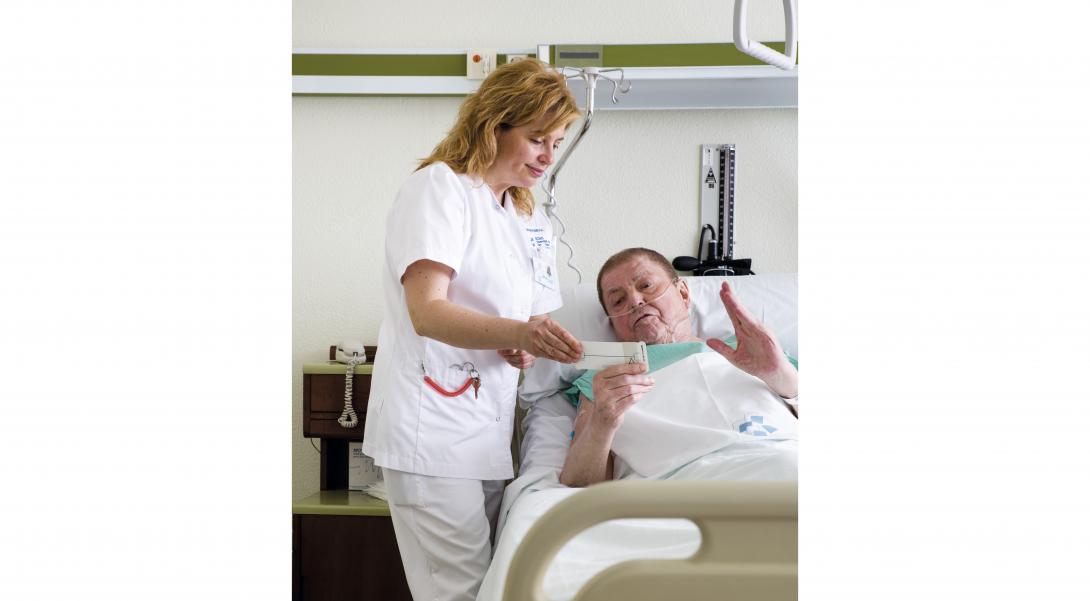
The Hospital de Barcelona, a pioneer with a special pain management unit
The Pain-free Hospital was conceived due to the spirit and vocation of the professional teams from Assistència Sanitària and from the Hospital de Barcelona to improve the quality of life of patients during postoperative periods.
Assistència Sanitària and the Hospital de Barcelona have started up a special plan that gives strategic priority to the control and minimising of pain, according to current scientific evidence. For this reason, the Pain-free Hospital Clinical Commission has been created and established: a multidisciplinary unit to ensure that this is one of the centre’s quality targets. The Acute Pain Unit (APU) has also been brought into operation, a care device concentrating on the comprehensive care of patients who could suffer from pain. According to Dr. Miquel Gómez, the Medical Director of the Hospital de Barcelona, “today we have many tools to minimise pain and it should not be assumed to be an unavoidable experience; controlling it and reducing it after surgery is essential to enable a faster recovery.”
Through new drugs, scientific and technological progress has allowed innovative nursing technologies and procedures to be available, as well as improving the quality of life of hospital patients, avoiding suffering after surgery as much as possible. In line with the latest humanising care trends, Assistència Sanitària and the Hospital de Barcelona have started this project to ensure that the Pain-free Hospital becomes a reality.
As not everyone feels the same pain, or with the same intensity, the treatment is individualised. With the patient’s necessary implication, the nursing staff periodically evaluate the pain from 0 (non-existent) to 10 (unbearable) using the Visual Analogue Scale (VAS). The values are used to control whether the analgesia administered is effective or the dose should be increased or decreased. Depending on each case, the route to be used is determined – intravenous, epidural or incisional, along with analgesia administration devices, which are often controlled by the patients themselves, under supervision by healthcare personnel.
A database record will be generated including all the information to control the pain that will allow specific indicators to be obtained, as well as an evaluation of the results and the implementation of steps for the programme’s continuous improvement.




